2009 Mazda B4000 Brake Rotors and Pads
Click here to search another vehicle
All Rotors:
OEM x
Coated x
Drilled, Slotted and Coated x
Front x
Rear x
All Pads:
Ceramic x
Semi-metallic x
Front x
Rear x
Found 14 record
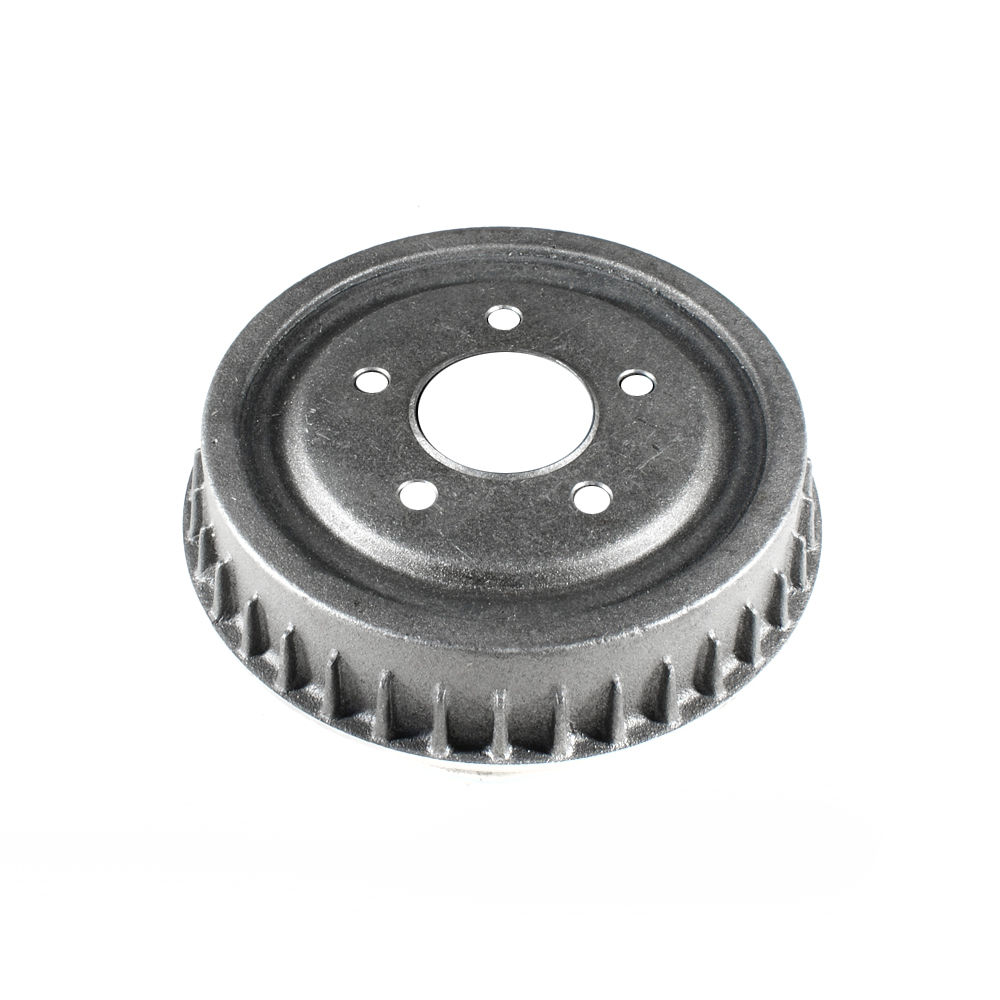
Part No: BD80036
Raybestos: 9651
OE: F87Z1126BA
Raybestos: 9651
OE: F87Z1126BA
$38.84 each
Per Car QTY: 2
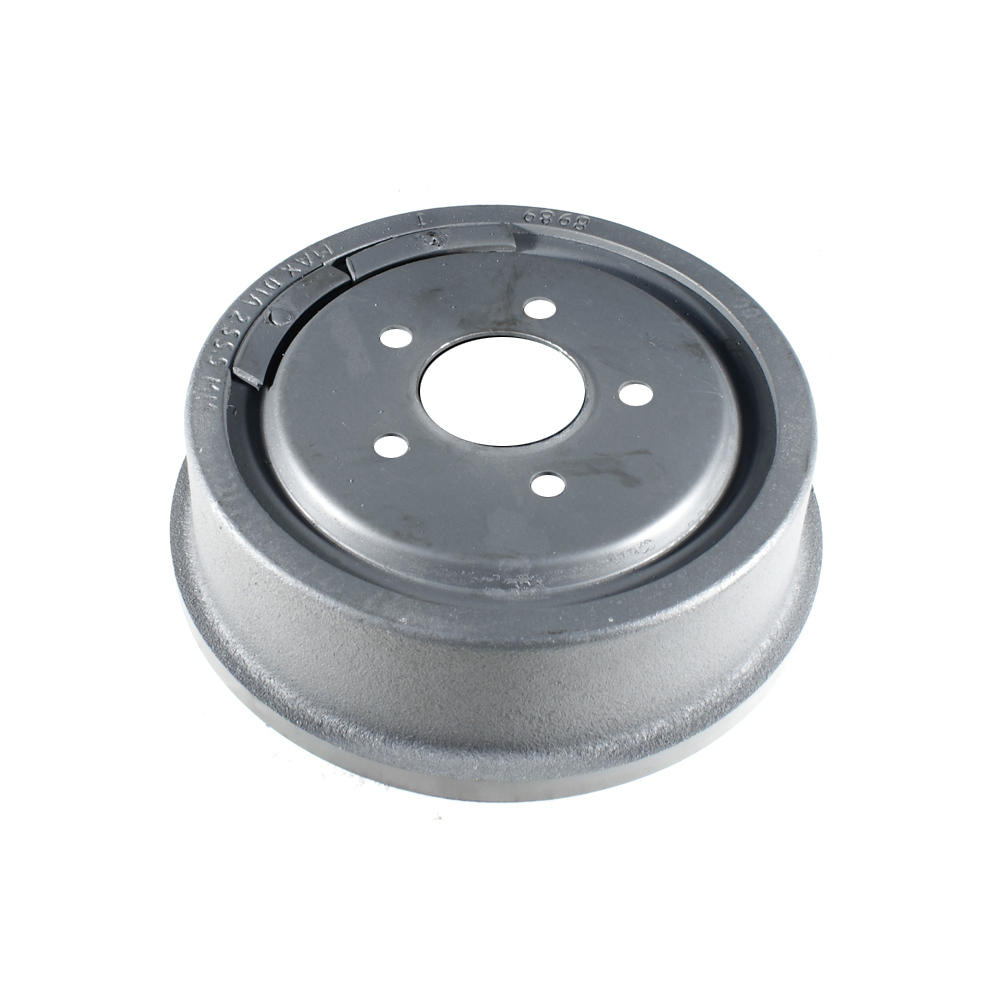
Part No: BD8989
Raybestos: 9498
OE: F07Z1126A
Raybestos: 9498
OE: F07Z1126A
$54.41 each
Per Car QTY: 2
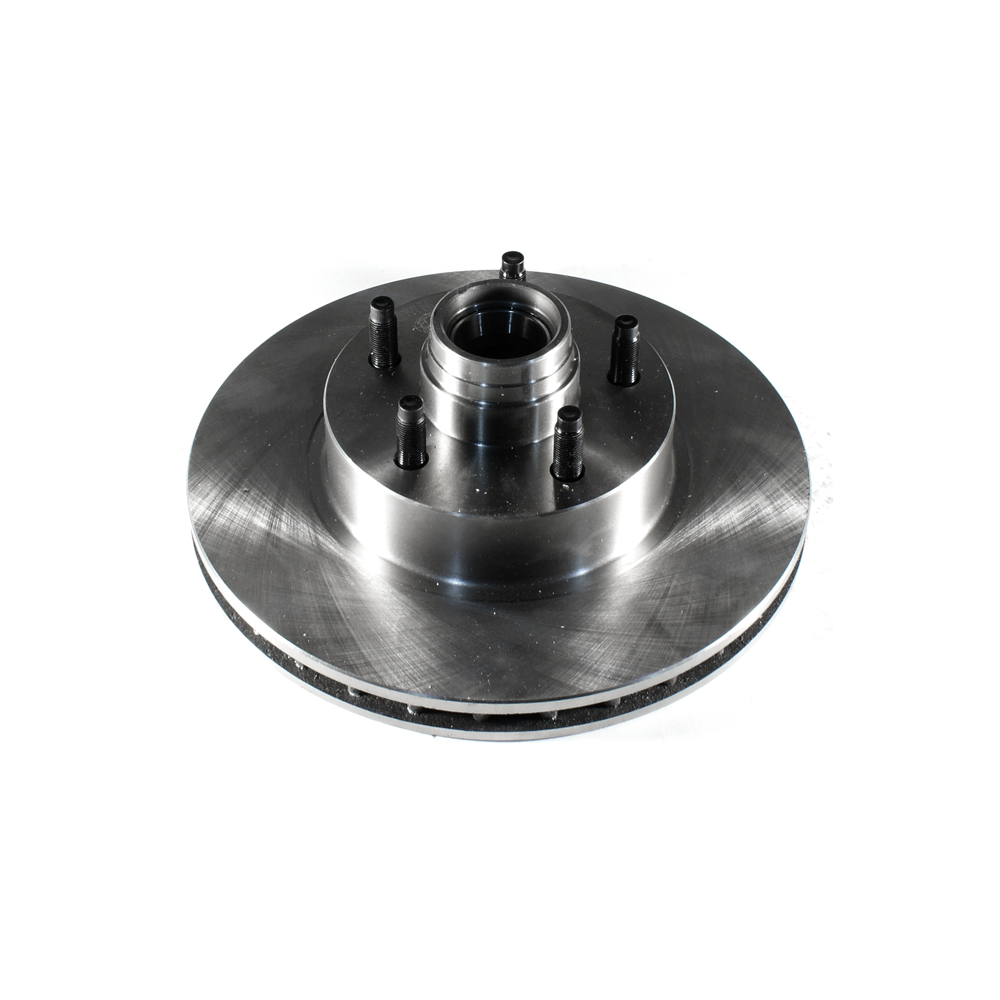
Part No: BR54029
Raybestos: 66597
OE: F5TZ1102H
Raybestos: 66597
OE: F5TZ1102H
$68.11 each
Per Car QTY: 2
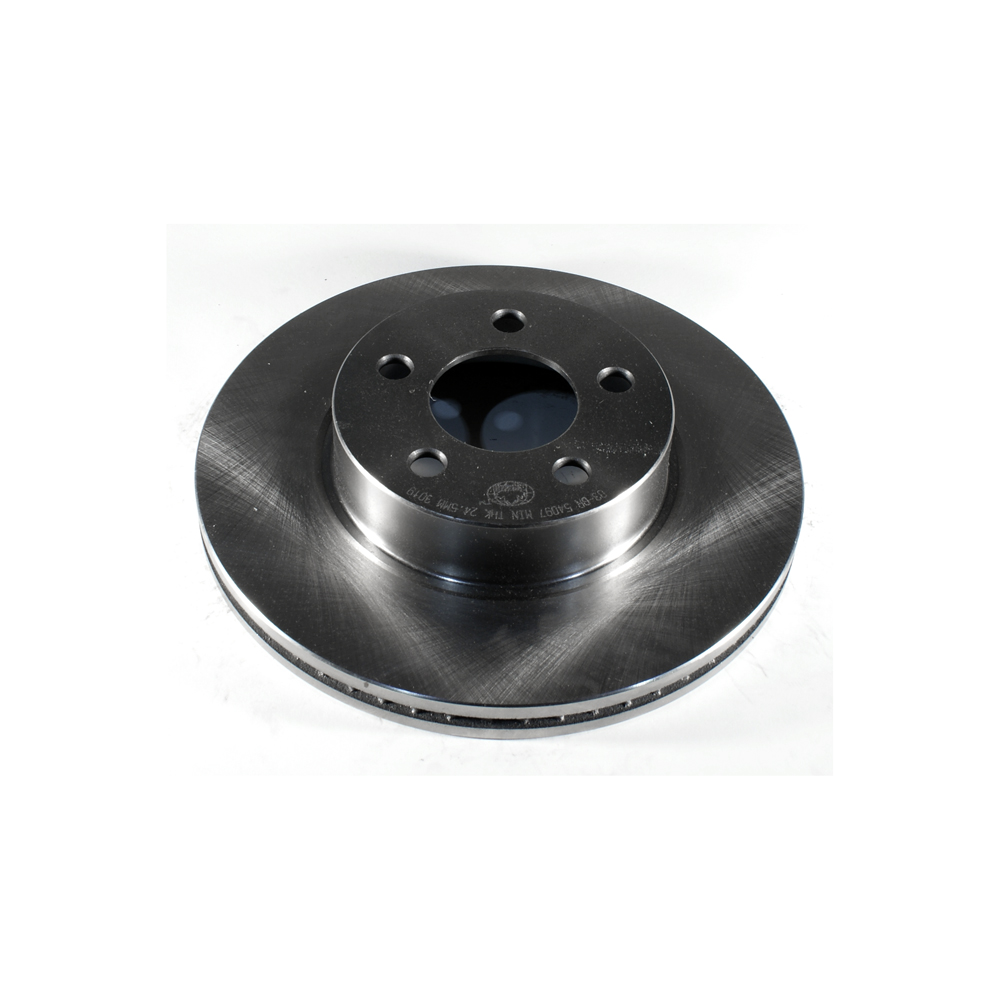
Part No: BR54097
Raybestos: 680027
OE: 5L5Z1125AA
Raybestos: 680027
OE: 5L5Z1125AA
$42.3 each
Per Car QTY: 2
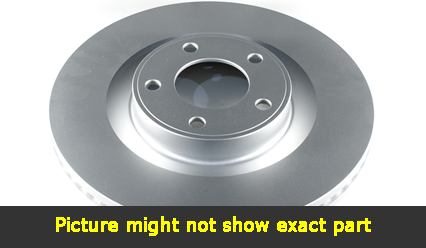
Part No: PP54029
Raybestos: 66597
OE: F5TZ1102H
Raybestos: 66597
OE: F5TZ1102H
$80.42 each
Per Car QTY: 2
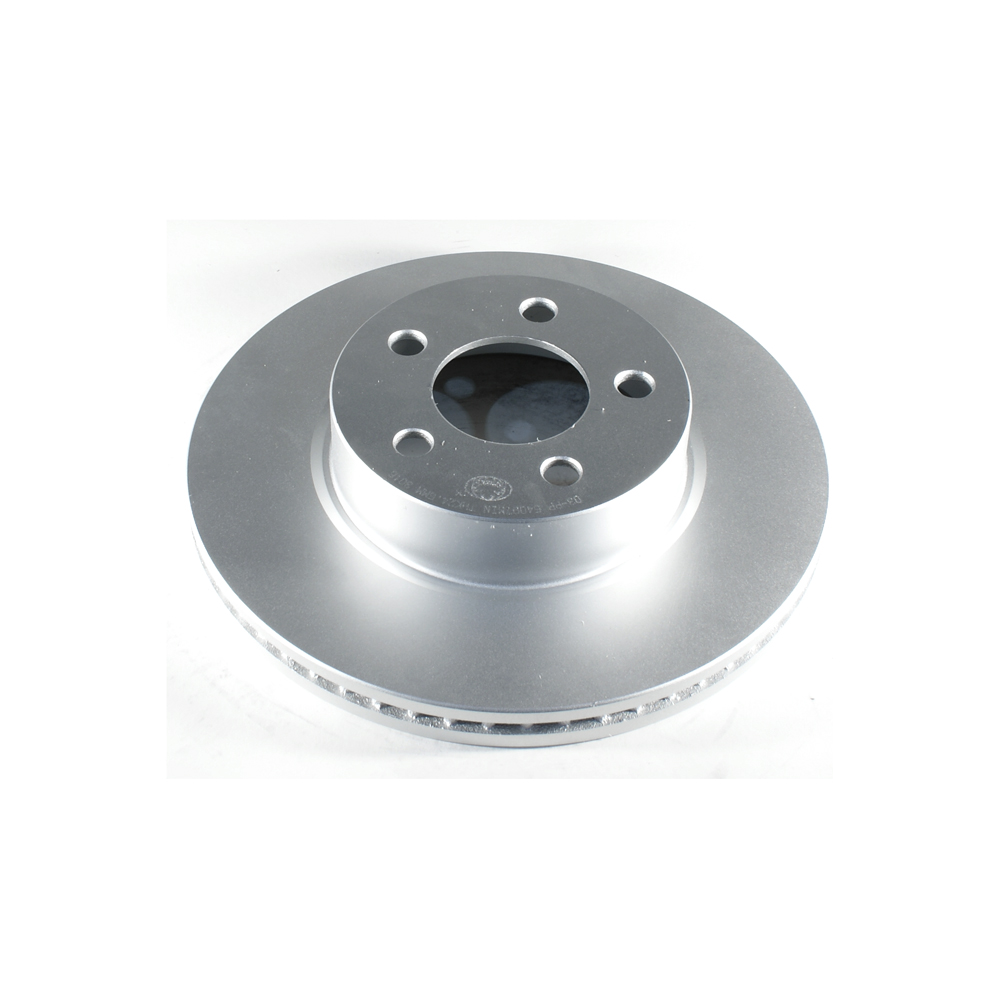
Part No: PP54097
Raybestos: 680027
OE: 5L5Z1125AA
Raybestos: 680027
OE: 5L5Z1125AA
$56.86 each
Per Car QTY: 2
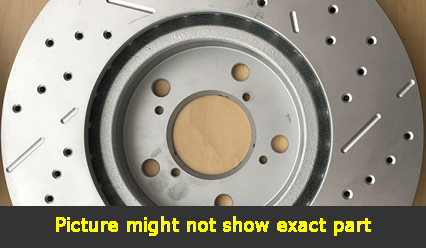
Part No: SP54029L
Raybestos: 66597
OE: F5TZ1102H
Raybestos: 66597
OE: F5TZ1102H
$116.87 each
Per Car QTY: 1
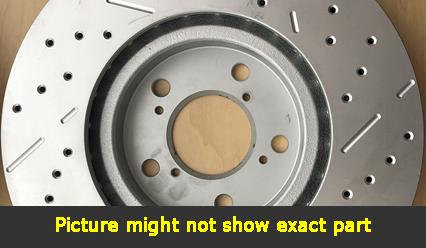
Part No: SP54029R
Raybestos: 66597
OE: F5TZ1102H
Raybestos: 66597
OE: F5TZ1102H
$116.87 each
Per Car QTY: 1

Part No: UP54097L
Raybestos: 680027L
OE: 5L5Z1125AA
Raybestos: 680027L
OE: 5L5Z1125AA
$97.13 each
Per Car QTY: 1

Part No: UP54097R
Raybestos: 680027R
OE: 5L5Z1125AA
Raybestos: 680027R
OE: 5L5Z1125AA
$97.13 each
Per Car QTY: 1
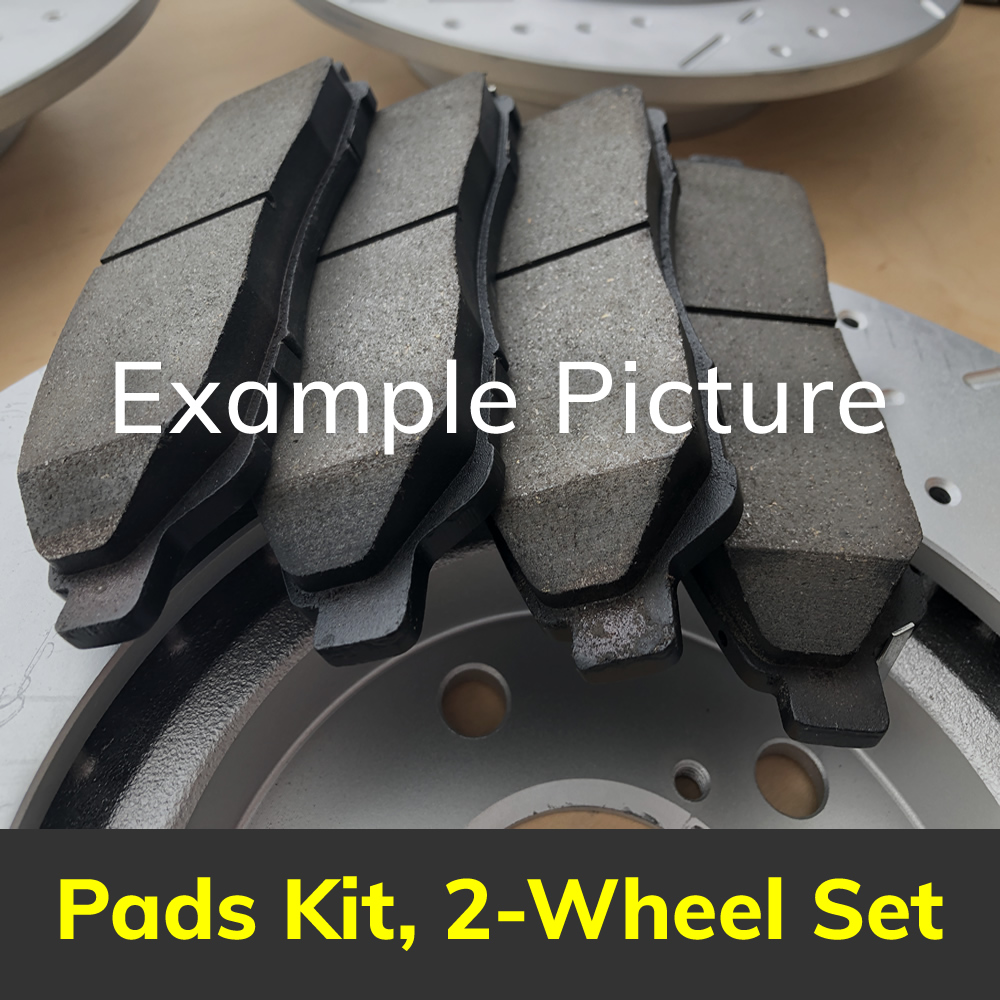
Part No: PD833C
Raybestos: 833
OE:
Raybestos: 833
OE:
$35.41 each
Per Car QTY: 1
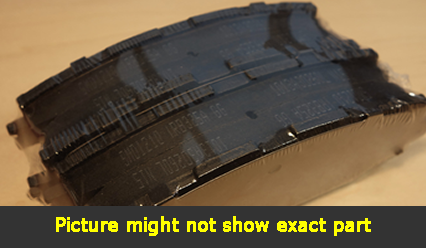
Part No: SMD833
Raybestos:
OE:
Raybestos:
OE:
$22.63 each
Per Car QTY: 1
The brake system is an essential component of any vehicle, including the 2009 Mazda B4000. Being able to stop your vehicle safely is paramount for both your own safety and the safety of others on the road. Understanding how the brake system in your Mazda B4000 works and knowing what signs to look for when your brakes need attention is crucial.
The 2009 Mazda B4000 comes equipped with a hydraulic braking system that utilizes disc brakes on all four wheels. This type of brake system is known for its effectiveness and reliability. When you press on the brake pedal, hydraulic pressure is generated, which in turn, activates the brake calipers. The calipers then squeeze the brake pads against the rotors, creating friction and ultimately slowing down or stopping the vehicle.
Regular maintenance of your brake system is vital to ensure its optimum performance. Over time, brake pads wear down due to the constant friction they endure when stopping the vehicle. It is recommended to have your brake pads inspected at least once a year or every 12,000 miles, whichever comes first. If the pads are worn out, they should be replaced to prevent further damage to the rotors. Additionally, the brake fluid in the hydraulic system should be checked regularly and flushed every two years.
There are several signs to watch out for that indicate your brakes need attention. One of the most obvious signs is a squealing or grinding noise when you apply the brakes. This noise is often caused by the brake pads being worn down and coming into contact with the rotor. It is essential to address this issue promptly to prevent damage to the rotors.
Another indicator of brake problems is a pulsation or vibration felt through the brake pedal when you apply pressure. This sensation is typically a sign of warped rotors, which can occur due to excessive heat or wear. If not addressed, this can affect the effectiveness of your braking system and lead to longer stopping distances.
Any unusual brake pedal behavior, such as softness or sinking when pressed, should be addressed immediately. This can be a sign of air in the brake lines or a potential leak in the braking system, both of which can seriously compromise your ability to brake effectively.
Driving habits and environmental factors can also affect the lifespan and performance of your brakes. Heavy braking, such as sudden stops or aggressive driving, can wear down brake pads faster. Additionally, driving in hilly or mountainous areas may cause brakes to overheat and, in turn, lead to premature wear. Being mindful of your driving habits and keeping up with regular maintenance can help prolong the life of your brakes.
When it comes to your safety on the road, never underestimate the importance of a reliable braking system. By understanding how your brakes work and recognizing common signs of brake problems, you can ensure your 2009 Mazda B4000 remains safe and roadworthy. Regular inspections, maintenance, and timely repairs are vital to keep your brake system functioning optimally and providing the stopping power you need.
The 2009 Mazda B4000 comes equipped with a hydraulic braking system that utilizes disc brakes on all four wheels. This type of brake system is known for its effectiveness and reliability. When you press on the brake pedal, hydraulic pressure is generated, which in turn, activates the brake calipers. The calipers then squeeze the brake pads against the rotors, creating friction and ultimately slowing down or stopping the vehicle.
Regular maintenance of your brake system is vital to ensure its optimum performance. Over time, brake pads wear down due to the constant friction they endure when stopping the vehicle. It is recommended to have your brake pads inspected at least once a year or every 12,000 miles, whichever comes first. If the pads are worn out, they should be replaced to prevent further damage to the rotors. Additionally, the brake fluid in the hydraulic system should be checked regularly and flushed every two years.
There are several signs to watch out for that indicate your brakes need attention. One of the most obvious signs is a squealing or grinding noise when you apply the brakes. This noise is often caused by the brake pads being worn down and coming into contact with the rotor. It is essential to address this issue promptly to prevent damage to the rotors.
Another indicator of brake problems is a pulsation or vibration felt through the brake pedal when you apply pressure. This sensation is typically a sign of warped rotors, which can occur due to excessive heat or wear. If not addressed, this can affect the effectiveness of your braking system and lead to longer stopping distances.
Any unusual brake pedal behavior, such as softness or sinking when pressed, should be addressed immediately. This can be a sign of air in the brake lines or a potential leak in the braking system, both of which can seriously compromise your ability to brake effectively.
Driving habits and environmental factors can also affect the lifespan and performance of your brakes. Heavy braking, such as sudden stops or aggressive driving, can wear down brake pads faster. Additionally, driving in hilly or mountainous areas may cause brakes to overheat and, in turn, lead to premature wear. Being mindful of your driving habits and keeping up with regular maintenance can help prolong the life of your brakes.
When it comes to your safety on the road, never underestimate the importance of a reliable braking system. By understanding how your brakes work and recognizing common signs of brake problems, you can ensure your 2009 Mazda B4000 remains safe and roadworthy. Regular inspections, maintenance, and timely repairs are vital to keep your brake system functioning optimally and providing the stopping power you need.


